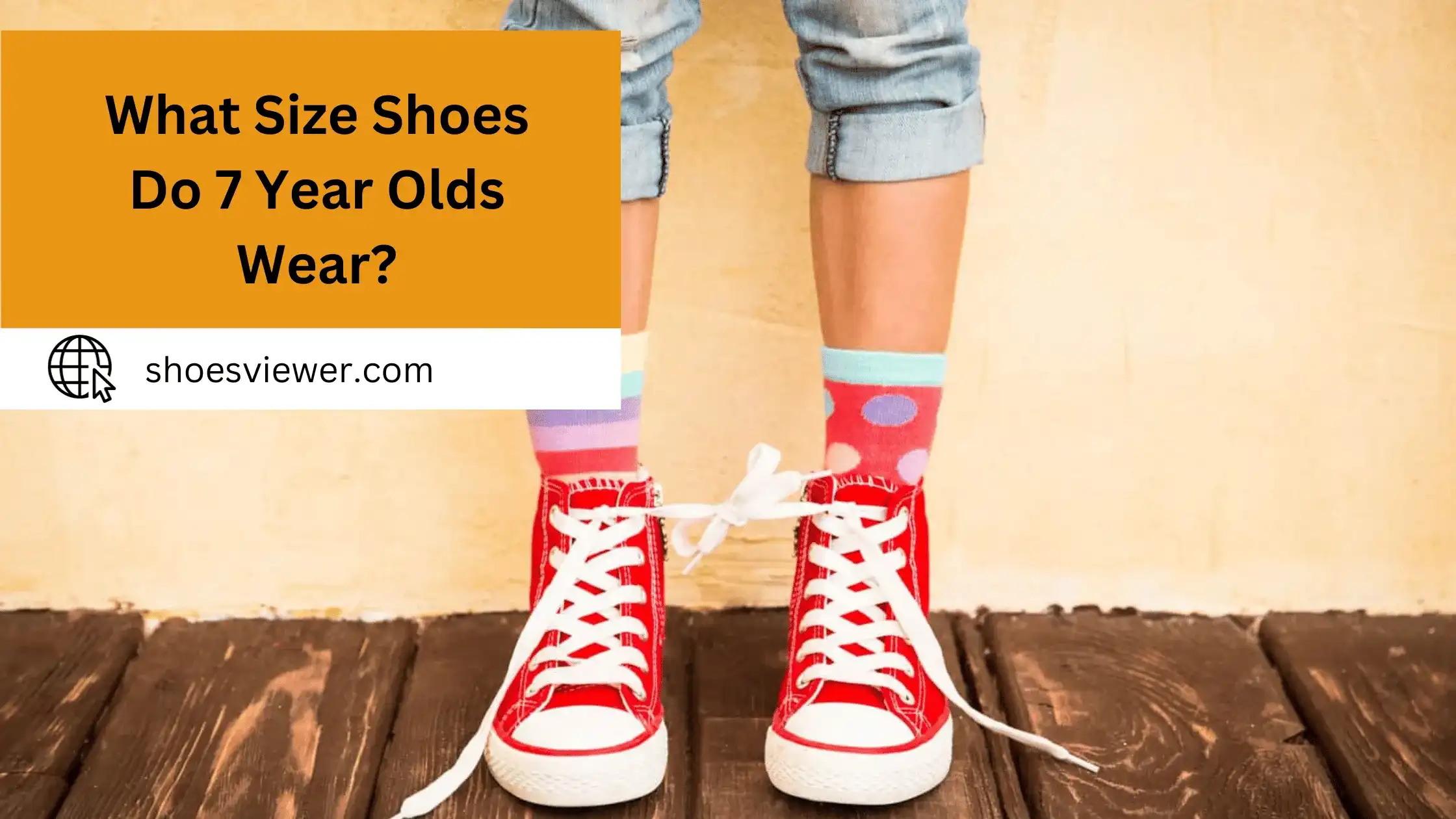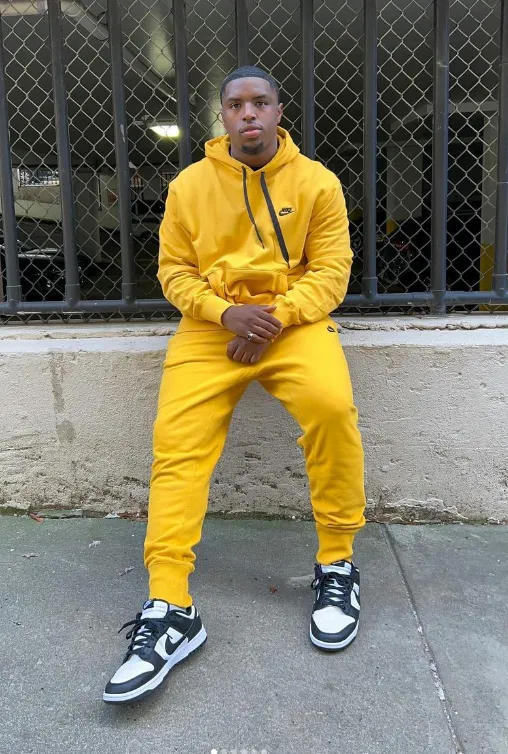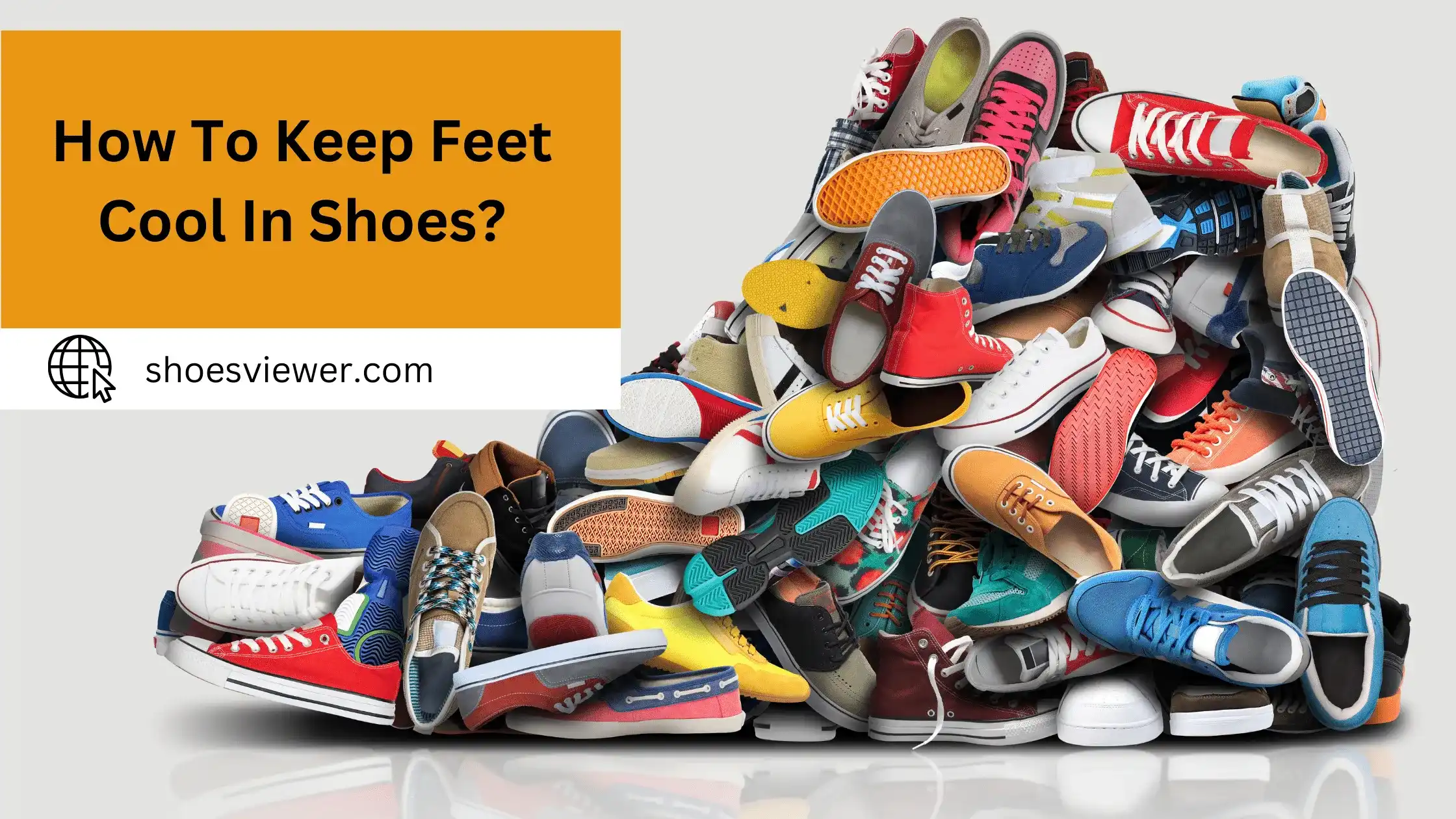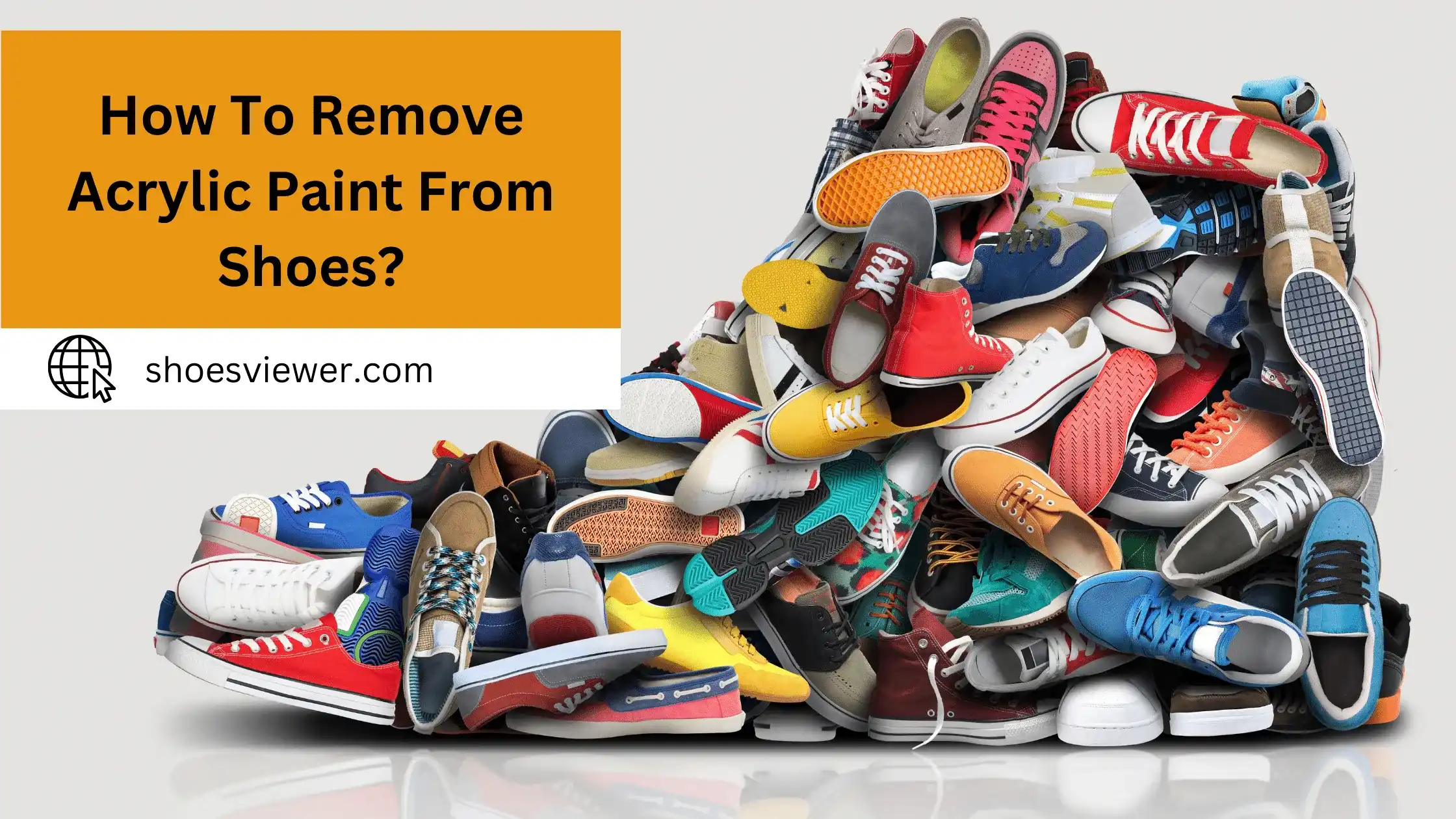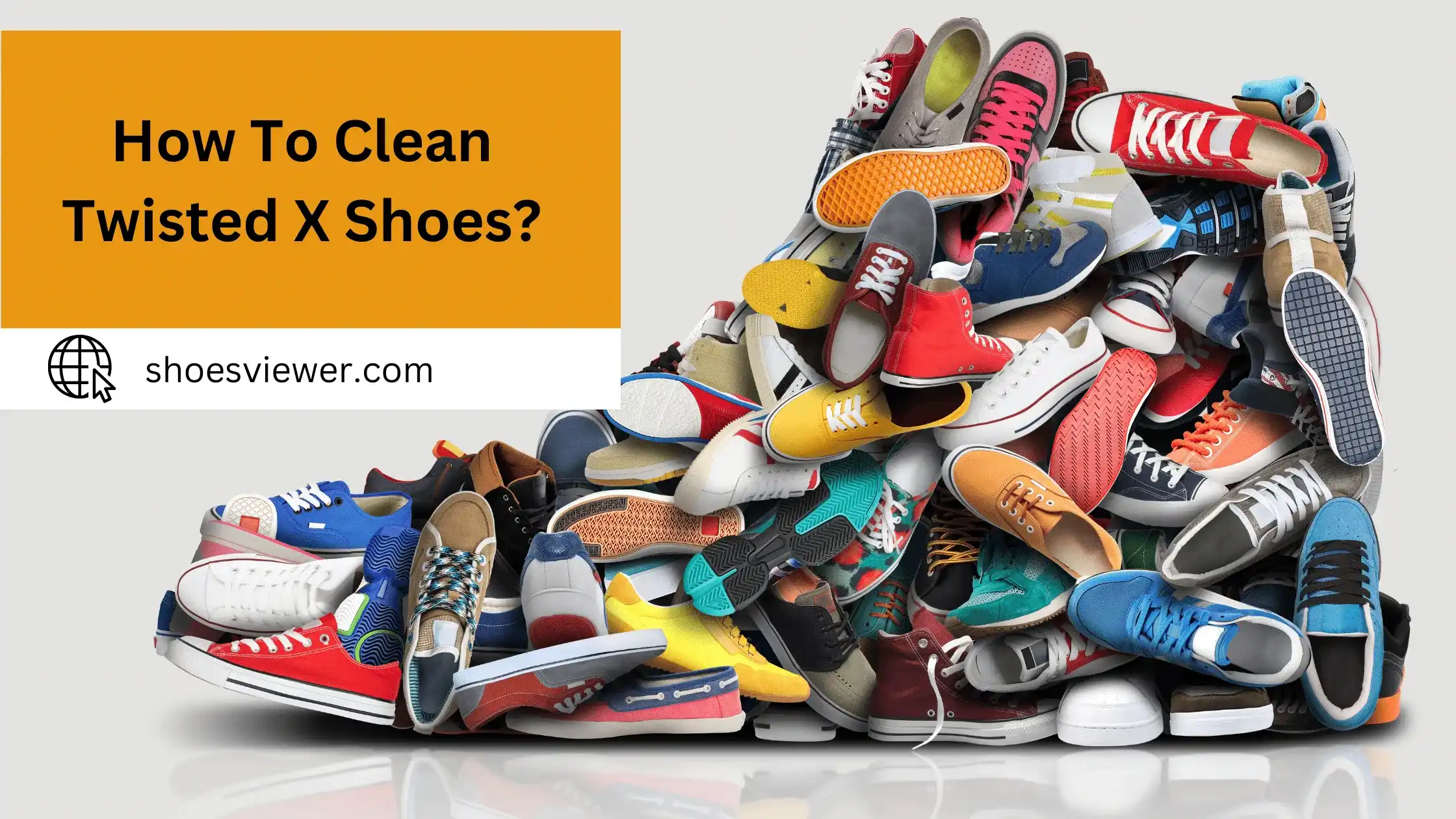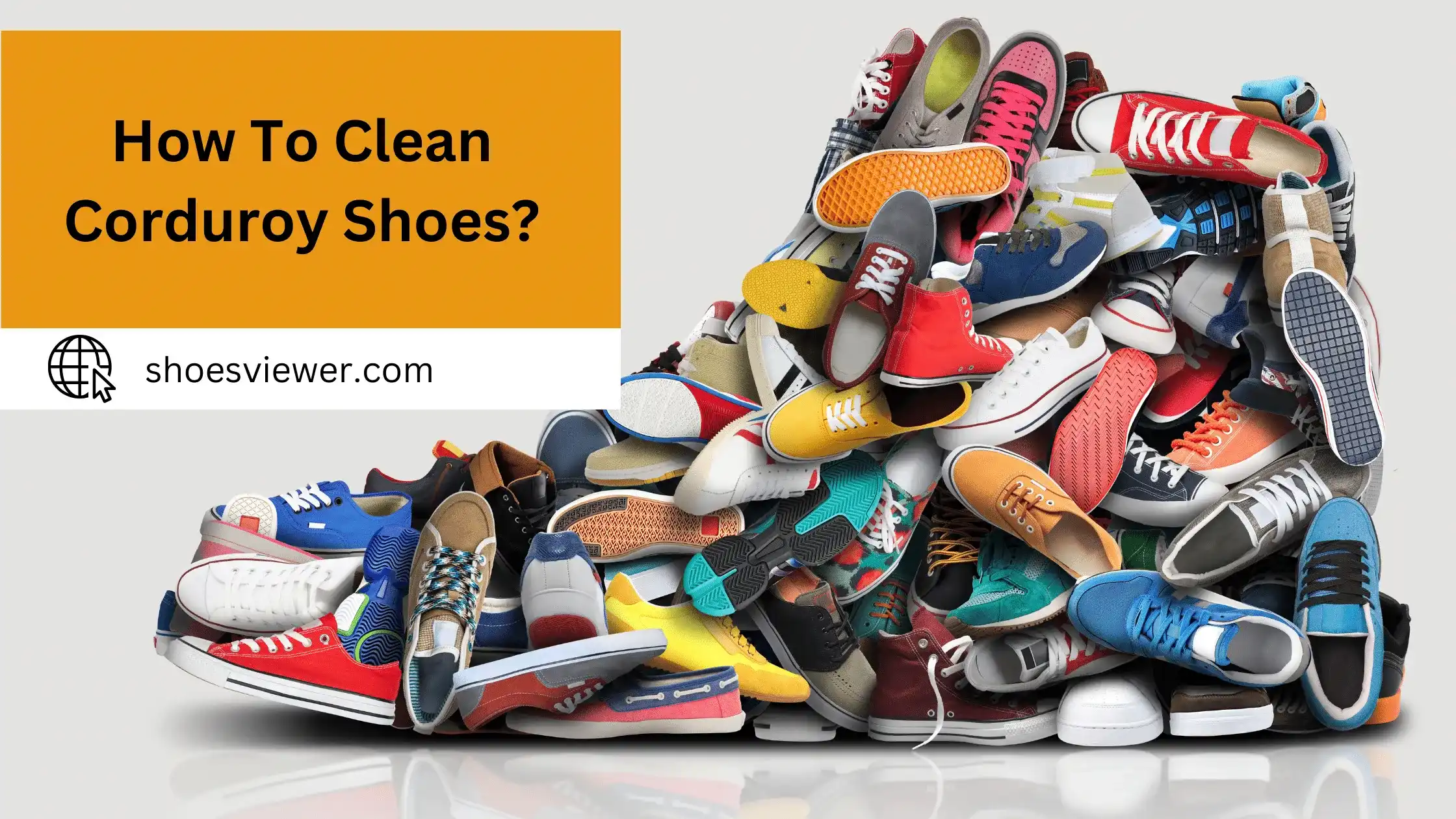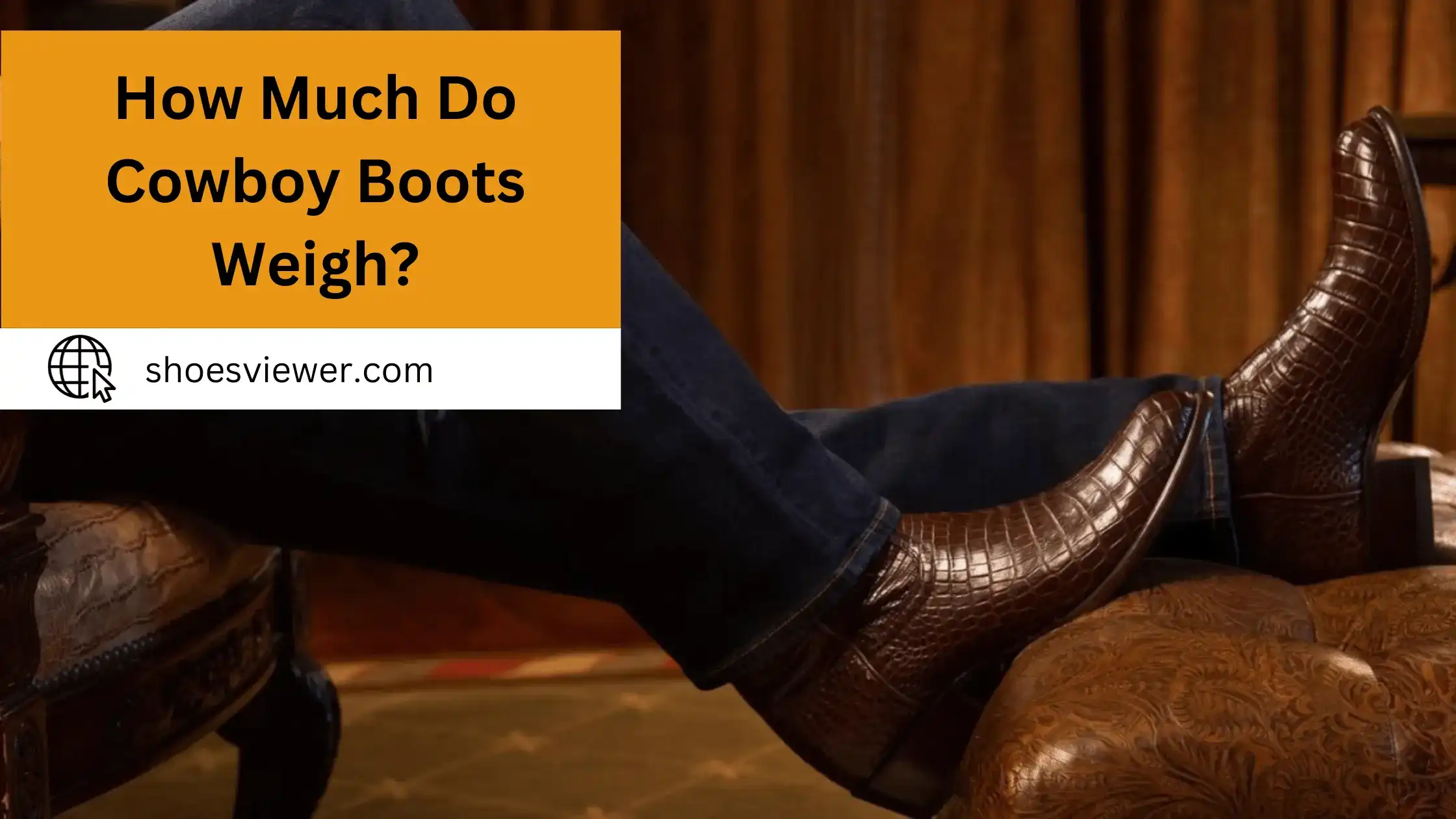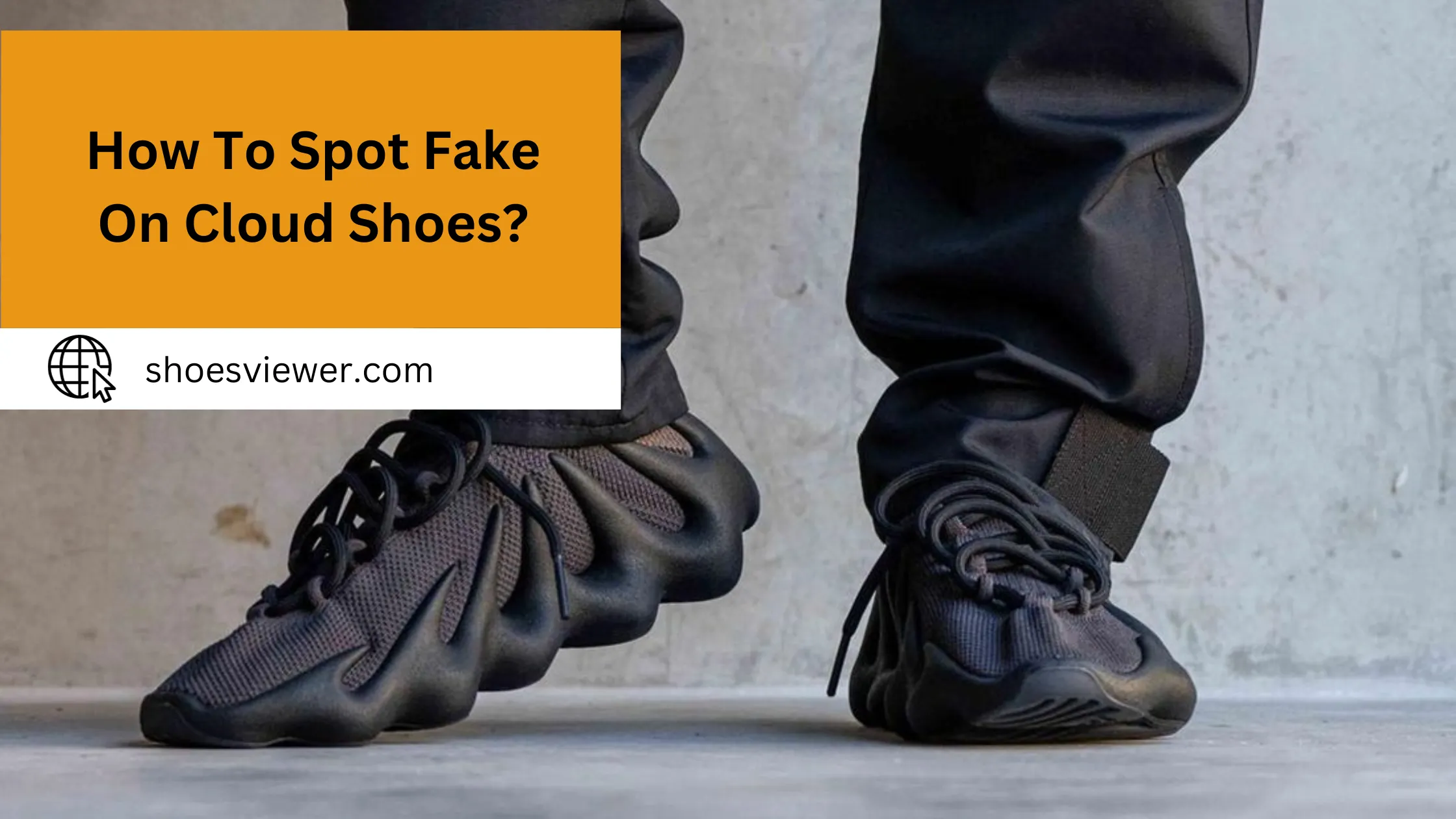Shopping for children’s shoes can often feel overwhelming, even more compounded when your child is beginning to outgrow their current ones. While finding the appropriate shoe size for kids can sometimes feel like guesswork, there are reliable methods available that will help ensure your 7-year-old is wearing the right size shoes.
We’ll explore measuring correctly and selecting comfortable footwear explicitly designed with growing feet in mind. Let’s learn how to ensure your seven-year-old has precisely what they need!
Various global studies show that the average shoe size for 7-year-olds can vary. Generally, girls tend to have a shoe size between 12 and 1 (US size) and boys between 12 and 2. However, these sizes can vary significantly across populations and even within communities.
Factors Influencing The Shoe Size of A 7-Year-Old. Genetics, Nutrition, And More:
Genetics:
A child’s genetic makeup, inherited from their parents, plays a pivotal role in determining their physical characteristics, including shoe size.
Inherited Traits:
Foot size is often passed down through generations, like many physical attributes. If both parents have larger or smaller feet, there’s a higher likelihood that their child will also.
Ethnic And Regional Differences:
Different populations might exhibit varying average foot sizes due to genetic factors.
Nutrition:
The quality and quantity of nutrients a child receives can directly influence their growth patterns, affecting everything from height to foot size.
Proper Nutrition:
Adequate and balanced nutrition during the early years ensures good bone growth, directly influencing foot size. Children who are malnourished may experience stunted growth, including in their feet.
Obesity:
Overnutrition can lead to obesity, which might influence not only shoe size but also the width of the foot.
Health Conditions:
Certain medical conditions, whether congenital or acquired, can impact the growth and development of a child’s feet.
Hormonal Imbalances:
Conditions such as gigantism or acromegaly (resulting from excess growth hormone) can lead to larger foot sizes.
Bone Disorders:
Conditions like Marfan syndrome can affect the growth and structure of the feet.
Environmental Factors:
External elements, from the kind of footwear worn to the physical activities undertaken, can have subtle yet significant effects on foot size and shape.
Footwear:
The type and fit of shoes a child wears can influence foot growth. Tight shoes can constrict growth, while well-fitted shoes can support natural growth.
Physical Activity:
Active children, especially those involved in sports, might experience faster bone growth, potentially leading to larger foot sizes.
Socio-economic Factors:
Economic stability, cultural practices, and access to resources can indirectly shape the growth trajectory, including the development of a child’s feet.
Access to Healthcare:
Regular pediatric check-ups can identify and address any potential growth-related issues early.
Living Conditions:
Children living in environments that promote physical activity and provide adequate nutrition are likely to have standard growth patterns.
The Importance of Correct Shoe Size. Health Implications for 7-Year-Olds:
Choosing the correct shoe size for children, especially during their formative years, is more critical than many realize. Wearing shoes that are too small during these growth spurts can hinder natural development, potentially causing deformities and other complications.
Foot Deformities:
Tight shoes can result in conditions like bunions, hammertoes, and ingrown toenails. These deformities can cause pain and might require medical intervention if they become severe.
Impaired Circulation:
Tight shoes can also restrict blood flow, leading to numbness and increasing the risk of fungal infections.
Postural Problems:
The wrong shoe size or shape can affect a child’s natural gait. Over time, this can lead to posture problems, back pain, and misalignment issues in other body parts.
Skin Irritations:
Ill-fitting shoes can cause friction, leading to blisters, corns, and calluses. These can be painful and may become infected if left untreated.
Tripping Hazards:
Shoes that are too large can be a tripping hazard, increasing the risk of accidents and injuries.
Psychological And Social Impacts
Children are often unaware of the discomfort caused by ill-fitting shoes, attributing it to other factors or simply enduring it. This can impact their mood, concentration, and overall well-being. Additionally, discomfort can deter them from participating in physical activities, leading to missed social interactions and experiences.
Economic Implications:
Continuously buying shoes because of premature wear and tear or discomfort can economically strain families. Investing in the right size and quality ensures durability and value for money.
The Role of Comfort And Fit. Shoe Size Considerations for 7-Year-Olds:
The correct shoe size is paramount for 7-year-olds at a transitional age, balancing the remnants of toddlerhood with the impending growth spurts of pre-adolescence.
Why Comfort And Fit Matter?
Promoting Healthy Foot Development:
At seven, a child’s foot is still growing and developing. Shoes that fit well and provide adequate comfort ensure that the foot forms naturally without being constricted.
Preventing Injuries:
Properly fitted shoes provide good grip, balance, and support. This is essential for active 7-year-olds prone to trips, slips, and falls if their shoes are ill-fitting.
Encouraging Physical Activity:
Comfortable shoes can motivate children to engage in physical activities, whether sports, dance, or simple playground fun.
Avoiding Long-term Health Issues:
A good fit at this age can prevent a range of problems in the future, from bunions and corns to posture-related issues.
Ensuring Concentration and Focus:
Uncomfortable shoes can be a distraction. Whether in a classroom setting or during play, a child’s focus can wane if they continuously adjust their shoes or feel pinched.
Tips for Choosing The Right Shoe for Your 7-Year-Old
Measure Regularly:
Children’s feet proliferate. Measuring their feet every 3-4 months is advisable to ensure they wear the correct size.
Choose Breathable Materials:
Opt for shoes made from natural, breathable materials like leather or canvas. This prevents excessive sweating and reduces the risk of fungal infections.
Flexible But Supportive Sole:
Ensure that the shoe’s sole is flexible to allow for the foot’s natural movement but also provides enough support, especially in the arch area.
Proper Fastening:
Shoes with adjustable fastenings like laces, Velcro, or buckles are preferred. This ensures a snug fit and prevents the foot from sliding forward inside the shoe.
Check The Toe Area:
Ensure a thumb’s space width between the longest toe and the end of the shoe. This provides room for growth and movement while walking or running.
Avoid Pointy Shoes:
Rounded or square-toe boxes are better for children as they allow the toes to lie flat and spread naturally.
Test The Grip:
A non-slip sole is essential, especially for active kids. This provides stability and reduces the risk of accidents on slippery surfaces.
Opt for A Sturdy Heel:
While children don’t need high arch supports, a slight elevation or a well-defined heel cup in the shoe can help provide the right balance.
Conclusion:
When shopping for shoes for your 7-year-old, it is essential to always keep in mind their foot size as this is the most crucial factor when helping them find a good pair that fits. Remember to check the measurements of their feet and double-check with specific brands on their site, as sizes can vary depending on the manufacturer. You should also provide adequate arch support and plenty of durability for long-lasting comfort and style.
